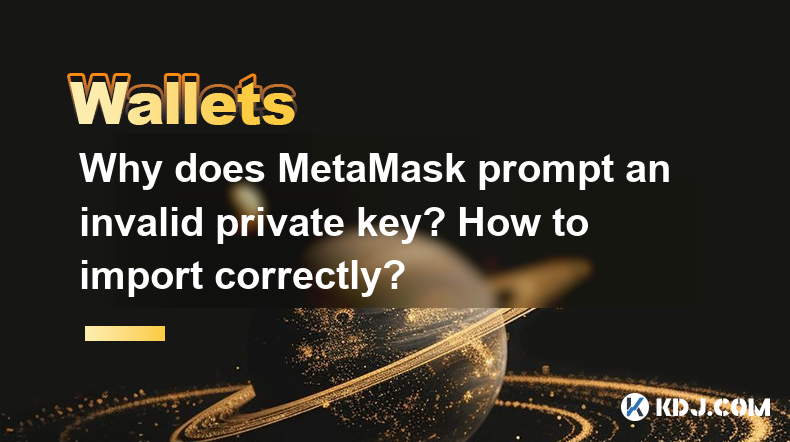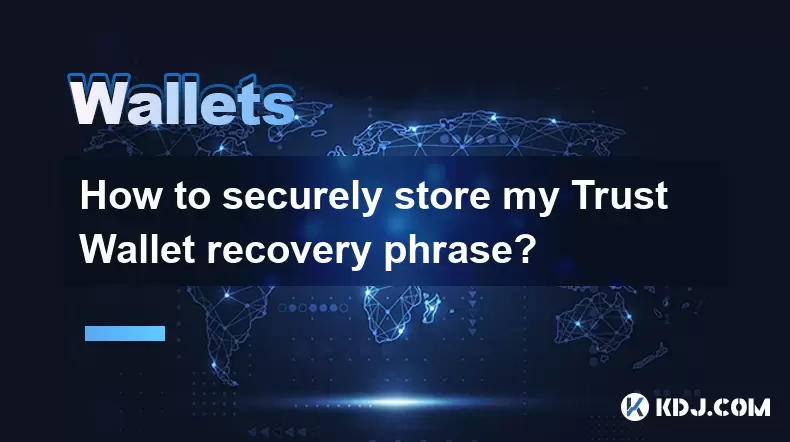-
 Bitcoin
Bitcoin $114200
0.00% -
 Ethereum
Ethereum $3637
0.56% -
 XRP
XRP $2.950
-2.01% -
 Tether USDt
Tether USDt $0.9999
0.02% -
 BNB
BNB $761.0
0.55% -
 Solana
Solana $164.1
-1.38% -
 USDC
USDC $0.9999
0.02% -
 TRON
TRON $0.3332
0.36% -
 Dogecoin
Dogecoin $0.2012
-0.52% -
 Cardano
Cardano $0.7261
-1.41% -
 Hyperliquid
Hyperliquid $37.62
-2.13% -
 Stellar
Stellar $0.3930
-2.65% -
 Sui
Sui $3.441
-0.16% -
 Bitcoin Cash
Bitcoin Cash $563.8
0.70% -
 Chainlink
Chainlink $16.50
0.09% -
 Hedera
Hedera $0.2424
-0.14% -
 Ethena USDe
Ethena USDe $1.001
0.01% -
 Avalanche
Avalanche $22.20
0.00% -
 Litecoin
Litecoin $118.0
-2.48% -
 UNUS SED LEO
UNUS SED LEO $8.991
0.12% -
 Toncoin
Toncoin $3.195
-3.87% -
 Shiba Inu
Shiba Inu $0.00001217
0.12% -
 Uniswap
Uniswap $9.674
-0.21% -
 Polkadot
Polkadot $3.633
1.00% -
 Monero
Monero $295.3
-0.82% -
 Dai
Dai $0.9999
0.00% -
 Bitget Token
Bitget Token $4.321
-0.41% -
 Cronos
Cronos $0.1392
0.73% -
 Pepe
Pepe $0.00001027
-0.89% -
 Aave
Aave $258.5
0.32%
Why does MetaMask prompt an invalid private key? How to import correctly?
MetaMask's "invalid private key" error often results from incorrect or incompatible keys; ensure your 64-character hex key is correct and follow secure import steps.
May 07, 2025 at 02:00 am

When using MetaMask, one of the most common issues users encounter is being prompted with an "invalid private key" error. This can be frustrating, especially if you're trying to import a wallet or recover access to your funds. Understanding why this happens and learning how to import correctly can save you from potential headaches and ensure your cryptocurrency is secure.
Why Does MetaMask Prompt an Invalid Private Key?
The "invalid private key" error in MetaMask typically occurs due to a few common reasons. Firstly, the private key entered might be incorrect or corrupted. This could happen if you've copied the key incorrectly or if it has been tampered with. Secondly, the format of the private key might not be compatible with MetaMask. MetaMask expects private keys in a specific format, usually a 64-character hexadecimal string without the '0x' prefix. Lastly, the private key might belong to a different type of wallet or network, which MetaMask does not support or recognize.
How to Verify Your Private Key
Before attempting to import your private key into MetaMask, it's crucial to verify that the key is correct and in the right format. Here are the steps to do so:
- Check the Length and Format: Ensure that your private key is a 64-character hexadecimal string. It should not include the '0x' prefix, as MetaMask will add this automatically.
- Use a Private Key Validator: There are online tools available that can validate whether your private key is in the correct format and is valid. Be cautious when using these tools and ensure you're using a reputable service to avoid exposing your private key.
- Double-Check the Source: If you received the private key from another source, such as a hardware wallet or another software wallet, double-check the instructions provided by that source to ensure you're using the correct key.
Steps to Import a Private Key Correctly in MetaMask
Importing a private key into MetaMask is a straightforward process if done correctly. Here's a detailed guide on how to do it:
- Open MetaMask: Launch the MetaMask extension or mobile app and ensure you're logged into your account.
- Access the Import Option: Click on the account icon in the top right corner, then select "Import Account".
- Enter the Private Key: In the "Private Key" field, paste your 64-character hexadecimal private key. Do not include the '0x' prefix.
- Click Import: After entering the private key, click the "Import" button. If the key is valid and in the correct format, MetaMask will add the account to your wallet.
Troubleshooting Common Issues
If you're still encountering the "invalid private key" error after following the steps above, here are some additional troubleshooting tips:
- Re-enter the Private Key: Sometimes, a simple mistake in copying the key can cause issues. Try re-entering the key manually to ensure there are no typos.
- Check for Leading or Trailing Spaces: Ensure there are no spaces before or after the private key when you paste it into MetaMask.
- Use a Different Browser or Device: Occasionally, browser or device-specific issues can cause problems. Try importing the key using a different browser or device to see if the issue persists.
Security Considerations When Importing Private Keys
Importing a private key into MetaMask comes with significant security implications. Here are some best practices to keep in mind:
- Never Share Your Private Key: Your private key is the key to your funds. Never share it with anyone or enter it on a website that you don't trust.
- Use a Secure Environment: When importing a private key, ensure you're doing so on a secure, private device. Avoid using public computers or networks.
- Backup Your Private Key: After successfully importing your private key, make sure to back it up securely. Consider using a hardware wallet for added security.
Alternative Methods to Import Wallets
If you're still having trouble importing your private key, there are alternative methods to import wallets into MetaMask:
- Using a JSON File: If you have a JSON file from another wallet, you can import it into MetaMask. To do this, go to the "Import Account" section and select "JSON File" instead of "Private Key". Follow the prompts to select and import the file.
- Using a Mnemonic Phrase: If you have a mnemonic phrase (also known as a seed phrase), you can use it to import your wallet. Go to the "Import Account" section and select "Mnemonic Phrase". Enter your phrase and follow the prompts to import your wallet.
Frequently Asked Questions
Q: Can I import multiple private keys into MetaMask at once?
A: No, MetaMask does not support importing multiple private keys at once. You'll need to import each private key individually using the "Import Account" feature.
Q: What should I do if I lose my private key after importing it into MetaMask?
A: If you lose your private key after importing it into MetaMask, you should have a backup of the key in a secure location. If you don't have a backup, you may lose access to your funds permanently. Always ensure you have a secure backup of your private key.
Q: Is it safe to import a private key into MetaMask on a public computer?
A: No, it is not safe to import a private key into MetaMask on a public computer. Public computers may have keyloggers or other malicious software that could compromise your private key and, consequently, your funds. Always use a secure, private device when handling private keys.
Q: Can I use the same private key on multiple devices with MetaMask?
A: Yes, you can use the same private key on multiple devices with MetaMask. However, for security reasons, it's recommended to use a hardware wallet or other secure methods to manage your private keys across devices.
Disclaimer:info@kdj.com
The information provided is not trading advice. kdj.com does not assume any responsibility for any investments made based on the information provided in this article. Cryptocurrencies are highly volatile and it is highly recommended that you invest with caution after thorough research!
If you believe that the content used on this website infringes your copyright, please contact us immediately (info@kdj.com) and we will delete it promptly.
- Binance, CZ, and the FTX Fallout: The $1.8 Billion Question
- 2025-08-06 18:30:12
- Brendan Rodgers, Celtic, and the Greg Taylor Role: A Tactical Conundrum
- 2025-08-06 18:50:12
- Coinbase Stock, Investment, and Earnings: Navigating Crypto's Tides
- 2025-08-06 18:55:54
- DALPY Coin: Investor Buzz Swirls Around Upcoming 'Game-Changing' Features
- 2025-08-06 18:30:12
- BlockchainFX: Your Ticket to 1000x Crypto Gains in '25?
- 2025-08-06 19:30:12
- Dogecoin Price, Technical Indicators, and Trader Sentiment: A NYC Perspective
- 2025-08-06 19:35:12
Related knowledge

How to add TRC20 token to Trust Wallet?
Aug 04,2025 at 11:35am
Understanding TRC20 and Trust Wallet CompatibilityTrust Wallet is a widely used cryptocurrency wallet that supports multiple blockchain networks, incl...

How to securely store my Trust Wallet recovery phrase?
Aug 06,2025 at 07:14am
Understanding the Importance of Your Trust Wallet Recovery PhraseYour Trust Wallet recovery phrase, also known as a seed phrase or mnemonic phrase, is...

How to change the currency in Trust Wallet?
Aug 06,2025 at 07:14pm
Understanding Currency Display in Trust WalletTrust Wallet does not allow users to change the base currency used for valuation in the same way traditi...

Why am I receiving random tokens in my Trust Wallet (dusting attack)?
Aug 06,2025 at 10:57am
What Is a Dusting Attack in the Cryptocurrency Space?A dusting attack occurs when malicious actors send minuscule amounts of cryptocurrency—often frac...

What is a watch-only wallet in Trust Wallet?
Aug 02,2025 at 03:36am
Understanding the Concept of a Watch-Only WalletA watch-only wallet in Trust Wallet allows users to monitor a cryptocurrency address without having ac...

Why can't I connect my Trust Wallet to a DApp?
Aug 04,2025 at 12:00pm
Understanding DApp Connectivity and Trust WalletConnecting your Trust Wallet to a decentralized application (DApp) is a common process in the cryptocu...

How to add TRC20 token to Trust Wallet?
Aug 04,2025 at 11:35am
Understanding TRC20 and Trust Wallet CompatibilityTrust Wallet is a widely used cryptocurrency wallet that supports multiple blockchain networks, incl...

How to securely store my Trust Wallet recovery phrase?
Aug 06,2025 at 07:14am
Understanding the Importance of Your Trust Wallet Recovery PhraseYour Trust Wallet recovery phrase, also known as a seed phrase or mnemonic phrase, is...

How to change the currency in Trust Wallet?
Aug 06,2025 at 07:14pm
Understanding Currency Display in Trust WalletTrust Wallet does not allow users to change the base currency used for valuation in the same way traditi...

Why am I receiving random tokens in my Trust Wallet (dusting attack)?
Aug 06,2025 at 10:57am
What Is a Dusting Attack in the Cryptocurrency Space?A dusting attack occurs when malicious actors send minuscule amounts of cryptocurrency—often frac...

What is a watch-only wallet in Trust Wallet?
Aug 02,2025 at 03:36am
Understanding the Concept of a Watch-Only WalletA watch-only wallet in Trust Wallet allows users to monitor a cryptocurrency address without having ac...

Why can't I connect my Trust Wallet to a DApp?
Aug 04,2025 at 12:00pm
Understanding DApp Connectivity and Trust WalletConnecting your Trust Wallet to a decentralized application (DApp) is a common process in the cryptocu...
See all articles

























































































